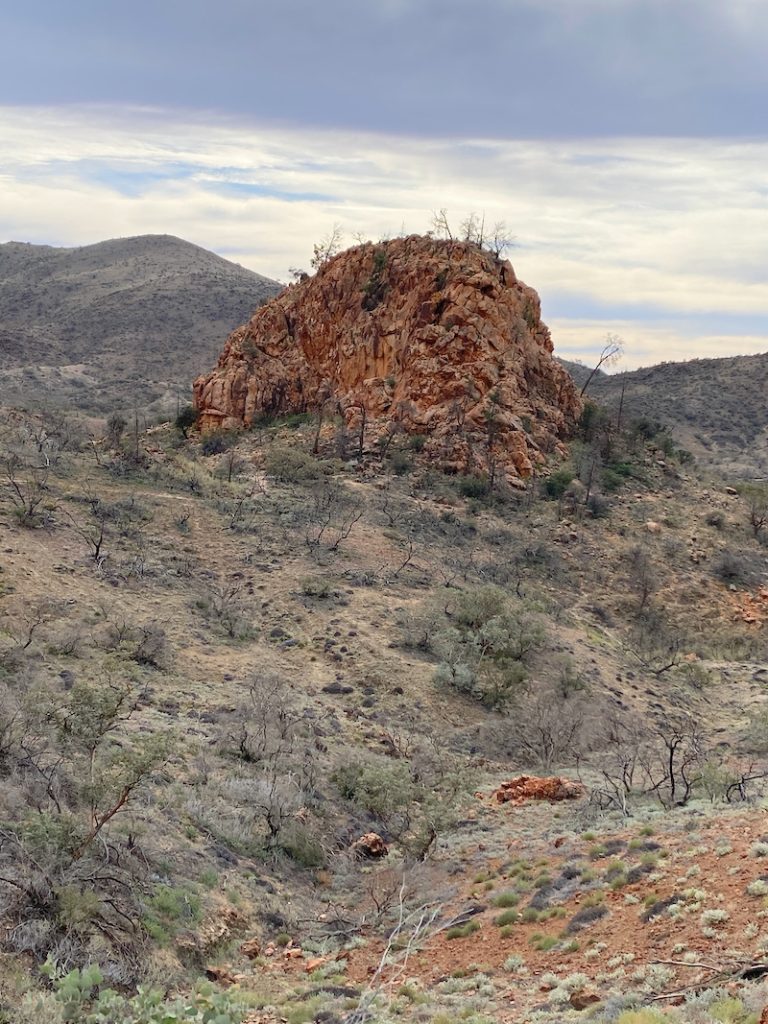Two Wild Tomato, or Felted Nightshade (Solanum quadriculatum) plants flowering side by side in Aroona Sanctuary displayed different flower forms – one lobed and one pentagonal.


Two Wild Tomato, or Felted Nightshade (Solanum quadriculatum) plants flowering side by side in Aroona Sanctuary displayed different flower forms – one lobed and one pentagonal.


Marsdenia australis, also known as the bush banana, native pear or Mayaka, is a climber producing edible fruit. Flowering in the Flinders Ranges in November.

Boerhavia species, known as Scarlet Spiderling, found in Africa, North America and Australia. Flowering in the Copley area, northern Flinders Ranges, in October.

Pimelea elongata, or Rice Flower, growing in a sandy gully at Lyndhurst in October.


Osteocarpum acropterum, known as Bonefruit or Waterweed in Copley, Flinders Ranges in October.

Solanum quadriculatum also known as the Felted Nightshade or Wild Tomato, flowering in Copley in October.

Pterocaulon sphacelatum, commonly known as Applebush or Fruit-salad Plant is an aromatic perennial found in the Flinders Ranges.

Also commonly known as Paddy Melon, Camel Melon (Citrullus amarus) was introduced to South Australia with camels in the 19th century. Though related to squash, gourds and melons, Camel Melon is not generally eaten. The fruit (approximately 8cm wide), dries into a resilient seed casing, leading to a proliferation of this plant in various harsh outback conditions, including sand dunes.

Woolly Anacampseros (Anacampseros australiana) growing in Buckaringa Gorge in the southern Flinders Ranges. Also observed growing on the rock faces of Mambray Creek.

Cheilanthes lasiophylla, the woolly cloak fern, growing in a crevice of the Pinnacles, a pegmatite intrusion formation at Arkaroola.

